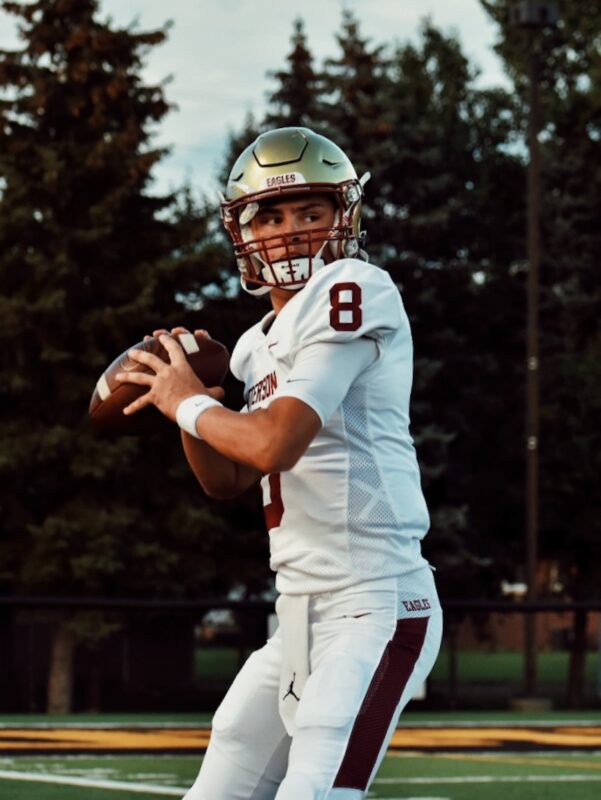Football is an American pastime often discussed in the workplace, but recently some of the discussion has shifted to safety concerns for its athletes. Due to the nature of the sport, it can lead to repeated traumatic brain injuries (TBIs for short), prompting rules to be revised to protect players.
What Are Traumatic Brain Injuries?
Severe blows or jolts to the head cause traumatic brain injuries when the brain collides with the skull. While some TBIs show immediate symptoms, others don’t show symptoms until later on. Chronic Traumatic Encephalopathy (CTE) is a degenerative brain condition associated with repeated brain injuries. Studies have shown that football players are at a higher risk of developing CTE than athletes in other sports.
Many former football players have been diagnosed with CTE after retiring since it can show up years after an athlete stops playing. Rage, memory loss, and lack of impulse control are common symptoms players struggle with. CTE has led to many tragedies for players and has become a concern for athletes and their families. Fortunately, the publicized stories have led to calls for changes to the way the game is played.
How Football Can Lead to a Traumatic Brain Injury
Football is a contact sport, and players can take significant hits during gameplay. The strong impact of a collision or tackle can cause the brain to move within the skull, leading to a TBI.
While helmets provide some head protection, they cannot prevent the brain from sliding internally upon impact. If two players hit helmets together, it can cause serious injury. Repetitive minor blows also may lead to brain damage.
The Measures to Address Player Safety
In response to the growing concern of CTE, and after many lawsuits against the National Football League (NFL), the NFL has introduced new safety measures. Dangerous techniques in tackling have been banned in the sport, promoting safer play. Additionally, players now wear improved helmets designed to reduce the impact of collisions.While these initiatives are a positive direction for player protection, many argue that even more harsh measures are necessary to protect athletes.
Concussion Protocol
The NFL Head, Neck and Spine Committee implemented a concussion protocol in 2011 to ensure that if any player shows signs of a head injury, they get checked by medical professionals before being cleared to play again. Every year, medical professionals and NFL advisors review it to see if it needs updating.
But, this practice isn’t foolproof, as players may not report concussions due to fears of being sidelined or seen as weak.
The Future of Football and Brain Injury Prevention
Traumatic brain injuries and CTE remain a big concern in football, demanding our attention and action. Striking a balance between the risks of the sport and athletes’ well-being is a nuanced challenge, and improved helmets and protocols alone can’t prevent brain injuries. Continued research and collaboration between players, researchers, and the NFL are essential to protect the future of the sport many Americans love.



